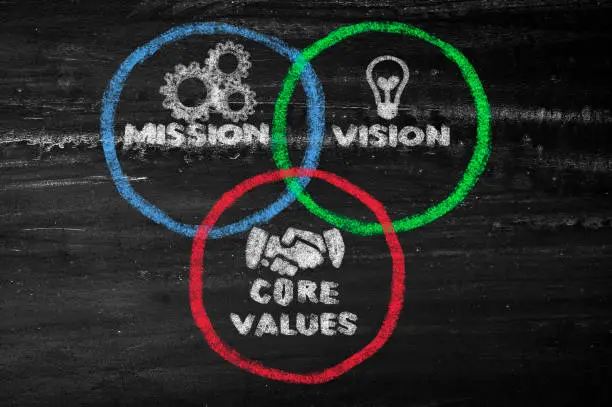What do you dream about Archetypes?

As an oracle and predictor, let us delve into the intriguing realm of dreams and their interpretations according to various dream books, encompassing the insights from Miller, Vanga, Freud, and the Muslim Dreamer. Each of these interpretations provides a unique lens through which we can understand the symbols and archetypes that emerge in our subconscious during sleep.
Firstly, according to Miller's dream book, dreams are often a reflection of our daily lives and unfulfilled desires. Miller suggests that recurring elements, such as water or fire, might symbolize aspects of our emotional and spiritual states. For instance, dreaming of water can signify a deep need for emotional release and cleansing, indicating that one is undergoing a period of transformation or healing. Alternatively, if one dreams of fire, it might symbolize passion or anger, suggesting the dreamer may be grappling with repressed feelings that require attention. Moreover, Miller emphasizes the significance of a dream’s context; for example, swimming in a calm sea could represent tranquility and harmony, while being caught in a storm may signify impending chaos or emotional turmoil.
On the other hand, Vanga’s interpretations stem from her unique gift of clairvoyance and intuition. Vanga believed dreams could be prophetic, carrying messages from the universe. When interpreting dreams, she focused on the emotional resonance of symbols. For instance, dreaming of a bird flying high may represent freedom and liberation, while a bird trapped in a cage could signify feelings of entrapment or missed opportunities. Vanga also associated specific colors and animals with various meanings—e.g., a black cat might symbolize misfortune or bad luck, while a white dove could denote peace and hope. For Vanga, understanding the emotional weight carried by these symbols is crucial to grasping their significance in one’s waking life.
Freud's perspective on dreams hinges on the idea of the unconscious mind. He believed that dreams are manifestations of our deepest desires, fears, and unresolved conflicts. According to Freud, many dream symbols can be traced back to repressed sexual or aggressive urges. For instance, dreaming of a house could represent the self, with different rooms symbolizing various aspects of one's personality; a basement may indicate repressed feelings or memories. Freud also held that dreams often contain latent and manifest content. The manifest content is the literal storyline of the dream, while the latent content encompasses the underlying psychological meaning. Thus, a dream in which one finds themselves lost in a labyrinth could reflect feelings of confusion or anxiety in dealing with personal issues, particularly concerning identity or purpose.
In the realm of Islamic dream interpretation, the Muslim Dreamer emphasizes the spiritual aspect of dreams, often viewing them as divine guidance or a reflection of one's faith. Dreams are seen as containing messages from Allah or insights into one's moral standing. For example, if someone dreams of performing Hajj (the pilgrimage to Mecca), it may symbolize a strong desire for spiritual renewal or an indication that one is on the right path. Conversely, dreaming of snakes or scorpions might represent deceit or hidden enemies. The Muslim Dreamer also underscores the importance of reflecting on one’s recent actions and intentions—the belief is that pure intentions lead to positive dreams, while negative actions may manifest as troubling visions.
While each of these dream interpretation systems holds distinct perspectives, they collectively underline the richness of the dream experience. Dreams often serve as a bridge between our conscious and subconscious selves, revealing hidden thoughts, emotions, and desires. Engaging with dreams through the lenses of Miller, Vanga, Freud, and the Muslim Dreamer allows individuals to explore their inner worlds and glean insights that can enhance their waking lives.
Ultimately, understanding the archetypes that appear in our dreams is empowering; it offers a pathway to greater self-awareness, emotional healing, and personal growth. Whether through the calming waters of Miller, the prophetic visions of Vanga, the psychological realms explored by Freud, or the spiritual insights from the Muslim Dreamer, each interpretation invites us to listen attunedly to the messages contained within our dreams. They remind us to embrace our imaginations, reckon with our fears, and seek out the passions that drive us forward, creating a tapestry of meaning that enriches our lives.
As we decipher our dreams, it becomes essential to note the intricacies of our emotions and experiences in the waking world, as these elements intertwine with the narratives that unfold during sleep. One's journey through the dreamscape can become a powerful medium for self-discovery and enlightenment—a testament to the boundless potential that lies within the human experience.





